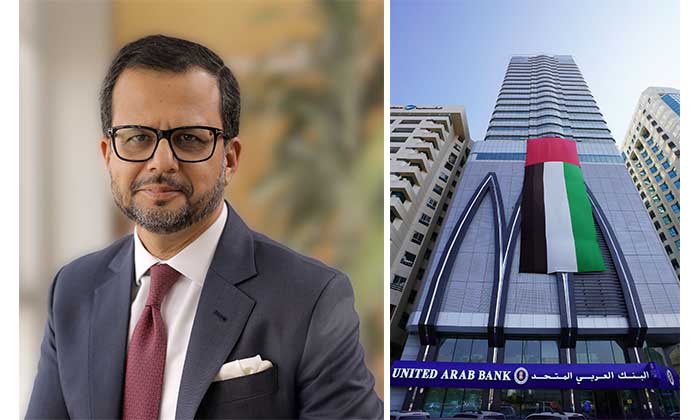Moody’s Ratings upgrades United Arab Bank’s deposit ratings to Baa3, outlook remains positive
United Arab Bank (UAB) received an upgrade to its long-term and short-term foreign and local currency deposit ratings to Baa3/P-3 from Ba1/NP, from Moody’s. The rating agency maintained the positive outlook on the bank’s long-term deposit ratings and upgraded the Baseline Credit Assessment (BCA) to ba3 from b1 and the Adjusted BCA to ba2 from ba3.
According to the agency, the ratings upgrade reflects: the bank’s improved asset quality and profitability metrics, improvement in the bank’s governance-related practices and risk mitigating measures and recent track record proving the sustainability of UAB’s solvency improvements over the next 12 to 18 months, as the bank has been embarking on its new growth plan.
Additionally, UAB’s ESG credit impact score improved to CIS-3 from CIS-4 driven by positive improvements in credit metrics as a result of better risk management and a more cautious strategy leading to an improved governance issuer profile score.
Commenting on the announcement Mr. Shirish Bhide, Chief Executive Officer at UAB, said: “Moody’s upgrade of UAB’s deposit ratings to Baa3 reflects our tireless efforts towards strengthening the bank’s financial position and the successful execution of its growth plan. This recognition empowers us to move forward towards achieving the bank’s aspirations, further building on the trust and reliability that the Bank has earned since the implementation of its new strategy.”
“We will continue to strengthen and deepen our existing client relationships and sensibly expand our client base in all the business segments, in line with our risk appetite. We always strive to provide our clients with products and solutions that helps them achieve their financial goals.”
Furthermore, Moody’s expects UAB’s asset quality to remain sound owing to conservative underwriting standards and risk management practices, capital buffers to remain solid, and profitability to continue to improve driven by lower provisioning charges than historical and increasing revenues as the bank continues to implement its growth strategy. These factors have led to the maintenance of the “positive” outlook.


Comments are closed.